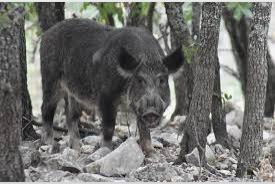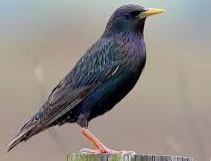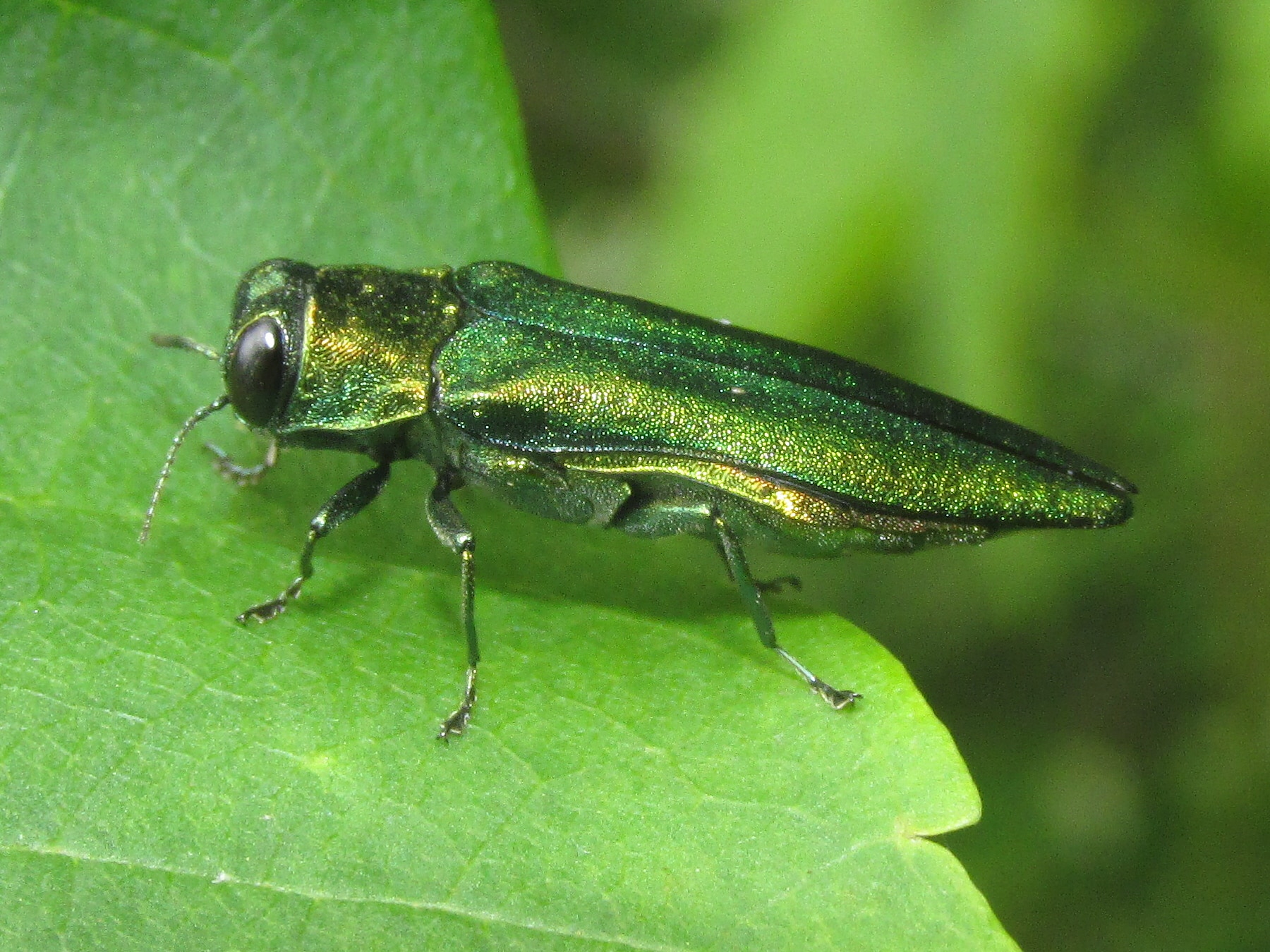A longtime issue in the United States has been the presence of invasive species, which are species that have been brought in from overseas and took over native organisms in some capacity. They wreak havoc on local fauna and disrupt the ecosystem at a severe rate. On this page you will see a handful of invasive plants, animals, and insects that have been documented across the United States along with some information about them.
All invasive species possess the following traits:
Here are some of the more common invasive species found in the United States:

Feral hogs first came to North America from European settlers who brought them over for food in the 1500s. It is thought that some populations were able to escape captivity and soon dominated the land. In South Texas, hogs are a critical issue in regards to the fact they uproot seeds chew through crops, which instigates soil erosion. The early 1900s saw further introductions of hogs for sport hunting, which has exacerbated these problems. According to the U.S. Department of Agriculture, there are an estimated minimum of 6 million feral swine in the United States. Annual damages are upwards of $1.5 billion.

Starlings were introduced to the United States due to one man's appreciation of the classics. Eugene Schieffelin wanted to show Americans the bird mentioned in Shakespeare's play "Henry IV," which he accomplished by unleasing 100 imported starlings into Central Park in New York City around 1890-1891. Today, the starling has spread across the whole North American continent. They overtake native species, destroy crops, and contaminate water. There are thought to be over 200 million of the bird in all of North America.

These pythons were thought to be introduced to South Florida, particularly the Everglades, due to exotic pet owners neglecting and letting them out into the wilderness. As a result of this behavior, mammal populations in the area have dropped significantly compared to levels seen before the late 1990s. Tens of thousands of invasive Burmese pythons currently roam the Everglades. While they seldom kill humans due to being constrictor snakes, wild populations heavily suffer.

The knotweed was introduced from East Asia to the northeastern United States in the late 1800s as a decorative plant for estates. Entering the 20th century it began to spread to areas near Philadelphia and New Jersey, and started to be viewed as an issue needing to be addressed by the late 1930s. Knotweed thrives in the North American climate and is very resistant to environmental changes. It grows incredibly quickly, forming dense patches of vegetation that overtakes native species. The soil underneath the growth is left blank, leaving it vulnerable to erosion. Knotweed is very resistent and difficult to eradicate once it has established itself.

This European moth made its first appearance in the late 1860s as part of an attempt to enter the textile industry and rival the silkworm. French artist and astronomer Étienne Léopold Trouvelot, the introducer of the species, had his plans foiled when his moths blew out of the building he was staying in, accidentally releasing them into Massachusetts. Nowadays the moths are found across the northeastern United States and threaten a plethora of tree and shurb species, putting ecosystms at risk. Between just 1980 and 1994, $30 million was an average amount spent on damage control and gyspy moth eradication.

The Emerald Ash Borer, native to Asia, was discovered near Detroit, Michigan in mid 2002. It is not fully known what their exact origin is, though it is believed that they were introduced via wood cargo transports to the United States. While the Adults do nibble on ash tree leaves, their caused damage is superficial. The emerald ash borer larvae, however, eat away at the inner bark of ash trees. As of October 2018, the beetle has been found in 35 states and several Canadian provinces. Hundreds of millions of trees across North America have been killed since their 2002 discovery, and damage control has cost hundreds of millions of dollars.


